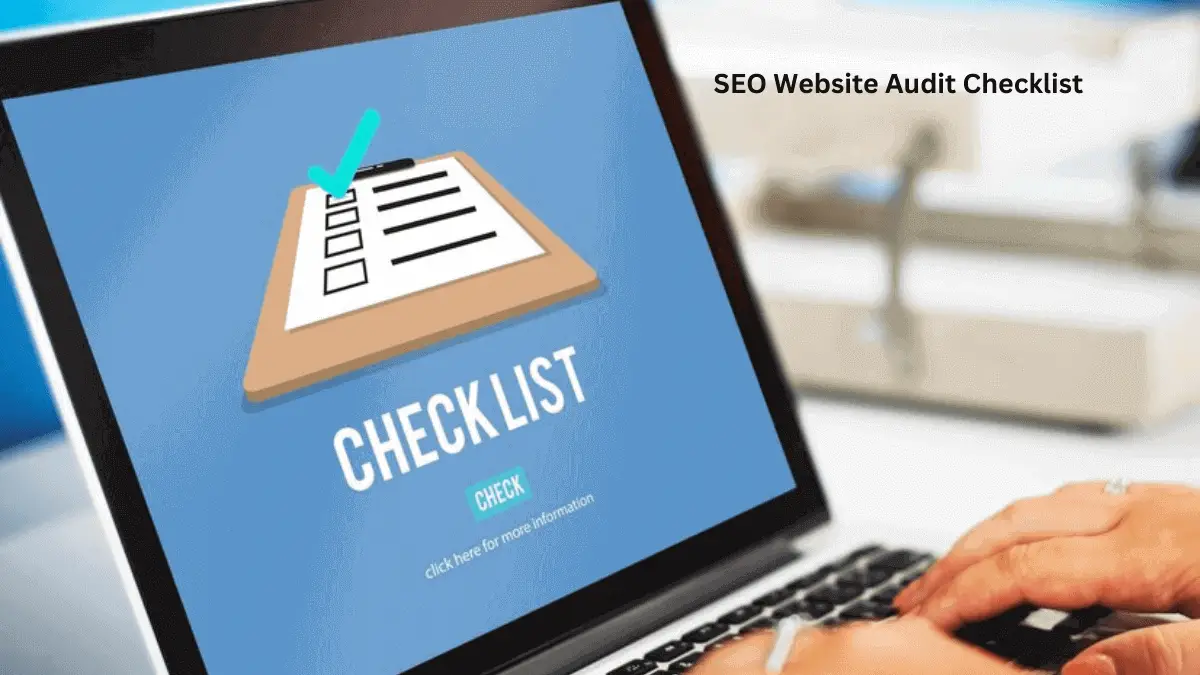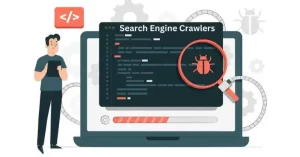Use this Comprehensive SEO Audit Checklist for Beginners to Analyze the Functionality and Optimization of a Website:
SEO Website Audit Checklist
Technical SEO: SEO Audit Checklist for beginner
- Verify if the website is accessible to search engines
- Check the website’s crawl ability and indexability
- Ensure that there are no broken links
- Check the website’s mobile responsiveness
- Verify that the website has a sitemap and robots.txt file
- Check for duplicate content
- Verify that the website is secure (uses HTTPS)
On-page SEO:
- Check the Website’s URL Structure
- Verify that the website’s title tags and meta descriptions are optimized
- Check for keyword usage in the website’s content
- Verify that the website’s content is high-quality and relevant
- Check for header tags (H1, H2, etc.) usage
- Verify that images have optimized alt tags
- Check for internal linking and navigation
- Verify that the website has a fast page load time
Off-Page SEO:
- Check the website’s backlink profile
- Verify that the website has quality, relevant backlinks
- Check for penalties or warnings in Google Search Console
- Verify that the website is listed in relevant directories and citations
- Check for social signals (shares, likes, etc.)
Local SEO:
- Check the website’s presence on Google My Business
- Verify that the website has accurate NAP (Name, Address, Phone) information
- Check for consistency of NAP information across the web
- Verify that the website has positive online reviews
- Check for local keyword usage in the website’s content.
By following this Simple SEO Audit Checklist, you can identify areas for improvement and take steps to optimize your website and improve its search engine ranking.
The Process of performing an SEO Website Audit Checklist is to assess a Website’s Search Engine Optimization in order to find areas that may be improved and implement changes to improve the website’s search engine ranking.
An Instruction Manual for doing an SEO Audit Checklist in 2023 is provided below:
- Collect information: To learn more about the performance, traffic, keywords, backlinks, and other aspects of the website, use tools like Google Search Console, Google Analytics, and Ahrefs.
- Check the website’s Accessibility, crawl ability, indexability, mobile responsiveness, security, and other technical aspects to assess its Technical SEO.
- Analyze the On-Page SEO: Analyze the content, URL structure, header tags, meta descriptions, and keyword usage of the website.
- Check off-page SEO: Analyze the Website’s Backlink Profile, Scan Google Search Console for penalties or warnings, and assess the website’s inclusion in pertinent directories and citations.
- Consider Local SEO: Verify the website’s listing on Google My Business, verify the NAP information on the website, and examine online reviews and local keyword usage.
- Generate a Report: Summarize the findings from the audit and create a report that highlights areas for improvement and recommends changes to optimize the website for search engines.
- Implement Changes: Based on the findings from the audit, make changes to the website to improve its search engine ranking and overall optimization.
- Monitor keyword rankings: Use a keyword ranking tool to track the website’s rankings for target keywords and monitor changes over time.
- Evaluate Website Speed and Performance: Use tools such as Google PageSpeed Insights and GTmetrix to check the website’s load time and overall performance. Slow websites can negatively impact search engine rankings, so it’s important to address any performance issues.
- Check for Schema Markup: Schema markup is a type of code that can help search engines better understand the content of a website. Verify that the website is using schema markup and that it’s properly implemented.
- Analyze User Experience: User experience (UX) is an important factor in search engine optimization. Assess the website’s design, navigation, and overall user experience to identify any areas for improvement.
- Monitor and Address any Penalties or Warnings: Use tools such as Google Search Console to monitor for any penalties or warnings from search engines. Address any issues promptly to avoid further penalties or drops in search engine ranking.
Also, Read- Seo Performance Metrics | 14 Crucial SEO Metrics You Must Monitor
(FAQ)– Frequently Asked Questions:
How to do SEO Audit in 2023?
An in-depth analysis of a website’s search engine optimization (SEO) performance is known as an SEO audit.
To make sure that your website is optimized for the newest search engine algorithms and user behavior in 2023, completing an SEO audit is essential. An SEO audit’s goal is to find any technical or content-related problems that might be preventing your website from being seen and ranked highly in search results.
You must assess a number of crucial aspects of your website in 2023 to do an SEO audit, including keyword research, technical SEO, on-page optimization, backlink profile, website traffic, and performance.
How do I Audit an SEO Page?
Any website owner who wants to raise their website’s search engine position must perform an SEO page audit. The procedure entails assessing various website components to see if they are search engine optimized.
Conducting a website crawl is the initial step in reviewing an SEO page to find any technical problems that might be impairing your website’s rating. This includes analyzing the speed of page load, crawl issues, and broken links.
Next, analyze the website’s content to make sure it is high-quality, interesting, and relevant. This involves analyzing header tags, meta descriptions, and keyword optimization. Additionally, it’s critical to assess the internal link structure of the website to see whether it enables efficient site navigation for both visitors and search engines.
It’s important to assess the relevance and quality of external links. Additionally, you should look for duplicate content on both your website and other websites. Check for keyword cannibalization to ensure that each page is optimized for a single targeted term.
Finally, keep an eye on the performance of the website using resources like Google Analytics and Google Search Console. You may find and address any problems that might be limiting your website’s ranking and improve its performance in search results by regularly assessing the SEO of your website.
What is the most advanced SEO Checklist?
Keyword research: Identify keywords relevant to your business and target audience.
On-Page optimization: Optimize website content and structure to align with target keywords, including titles, meta descriptions, headings, and images.
Technical Optimization: Ensure website technical elements such as site speed, mobile responsiveness, and crawlability are optimized for search engines.
Content Creation and Promotion: Create high-quality, keyword-rich content and promote it through tactics such as guest posting and social media marketing.
Link Building: Acquire high-quality backlinks from reputable sources to improve website credibility and search engine ranking.
What is the best SEO Audit tool?
There is no single “best” SEO audit tool as it depends on individual needs and preferences. However, some of the most popular and widely used SEO audit tools are:
Google Search Console: Provides insight into website performance, crawl errors, and keyword rankings.
Screaming Frog: A desktop-based website crawler that can quickly identify technical SEO issues.
SEMrush: A comprehensive SEO suite that includes keyword research, site audit, and backlink analysis.
Ahrefs: A powerful tool for backlink analysis and keyword research.
Moz Pro: An all-in-one SEO tool that includes site audit, keyword research, and rank tracking.
Ultimately, the best SEO audit tool is the one that meets your specific needs and budget. Consider trying out a few options to see which one works best for you.
How do you Write SEO in 4 easy steps?
Keyword Research: Identify keywords relevant to your topic and target audience, and use them throughout your content.
Content structure: Use headings, subheadings, and bullet points to break up the text and make it easier to read.
Meta descriptions and title tags: Write concise, compelling meta descriptions and title tags that accurately reflect the content of your page and include your target keywords.
Optimize images: Use descriptive file names and alt text for images to improve their relevance and accessibility for both users and search engines.
Remember, the goal of SEO-friendly content is to provide value to your target audience while also appealing to search engines. Don’t sacrifice the quality and readability of your content for the sake of SEO.




